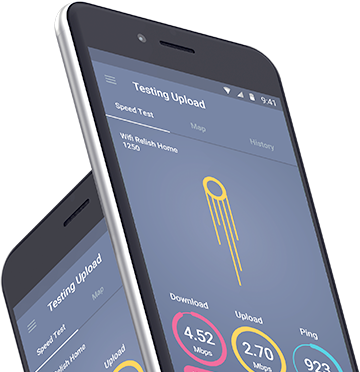Alongside the national results, we have also analyzed mobile experience across five Australian regions: New South Wales, Queensland, South Australia, Victoria and Western Australia.
Vodafone is the outright winner for Video Experience in four regions, with the exception being South Australia where it statistically ties with Telstra. No operator succeeded in winning outright at the regional level on Games Experience and Voice App Experience. In fact, all three operators tied with one another on Voice App Experience in all five regions. There were three three-way ties on Games Experience; Telstra and Vodafone tied with each other in all the regions for this measure of the mobile experience.
In stark contrast — and mirroring the national results — Telstra is the outright winner for Download Speed Experience in all five regions, with scores ranging between a blisteringly fast 63.1 Mbps in South Australia to a more modest 44.6 Mbps in Western Australia. The average speeds seen by our Vodafone users ranged from the 42.4 Mbps seen in South Australia to 35.7 Mbps in New South Wales. By comparison, Optus’ scores ranged from 45.3 Mbps in South Australia to 31.5 Mbps in Queensland.
Looking at 4G Availability, all three operators are joint winners in four regions — the only exception was Western Australia where Optus and Vodafone shared the glory.
Select any region or city below to display individual breakdown



